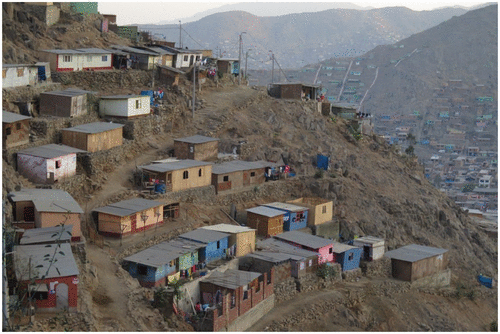New Special Issue paper by HIC President Adriana Allen: ‘Navigating stigma through everyday city-making: Gendered trajectories, politics and outcomes in the periphery of Lima

Over the last two decades, a growing body of scholars from the fields of psychology, sociology, law and public health have devoted their attention to examining how and why stigma operates as a form of discrimination, paying particular attention to ethno-racially stigmatised groups. However, less attention has focused on how ordinary women and men engaged in peripheral urbanisation processes are stigmatised through multiple material, social and political mechanisms and with a myriad of outcomes. Building on this literature, and drawing on the trajectories of a man and a woman living in the periphery of metropolitan Lima, I explore how stigmatisation shapes the daily lives of poor and impoverished citizens as they try to find a place in the city, and how and why their everyday practices contribute, or not, to the transformation of stigma traps. I argue that the everyday city-making practices of the ‘unsheltered’ are inextricably linked to the politics of bare citizenship. As those stigmatised become individualised, isolated and undermined, they also are deprived of being part of a collective experience, and are deeply challenged to reclaim their agency as entitled citizens. The wider the range of stigmatisation mechanisms at work, the more difficult it is for those subjected to stigma to counteract them, as they become disadvantaged in a broad range of domains: from social relations, to tenure security, access to services and infrastructure, livelihood opportunities, and psychological and physical wellbeing. I further contend that a deep examination of the material world – the dwelling, the neighbourhood and the city – and of the practices and imaginaries that produce this material world, opens a window into the micro-politics of how stigma is negotiated, apportioned and resisted in the everyday lives of those who are politically and materially unsheltered.
Read trhe full article here: http://ow.ly/Wuvt50GpmWH